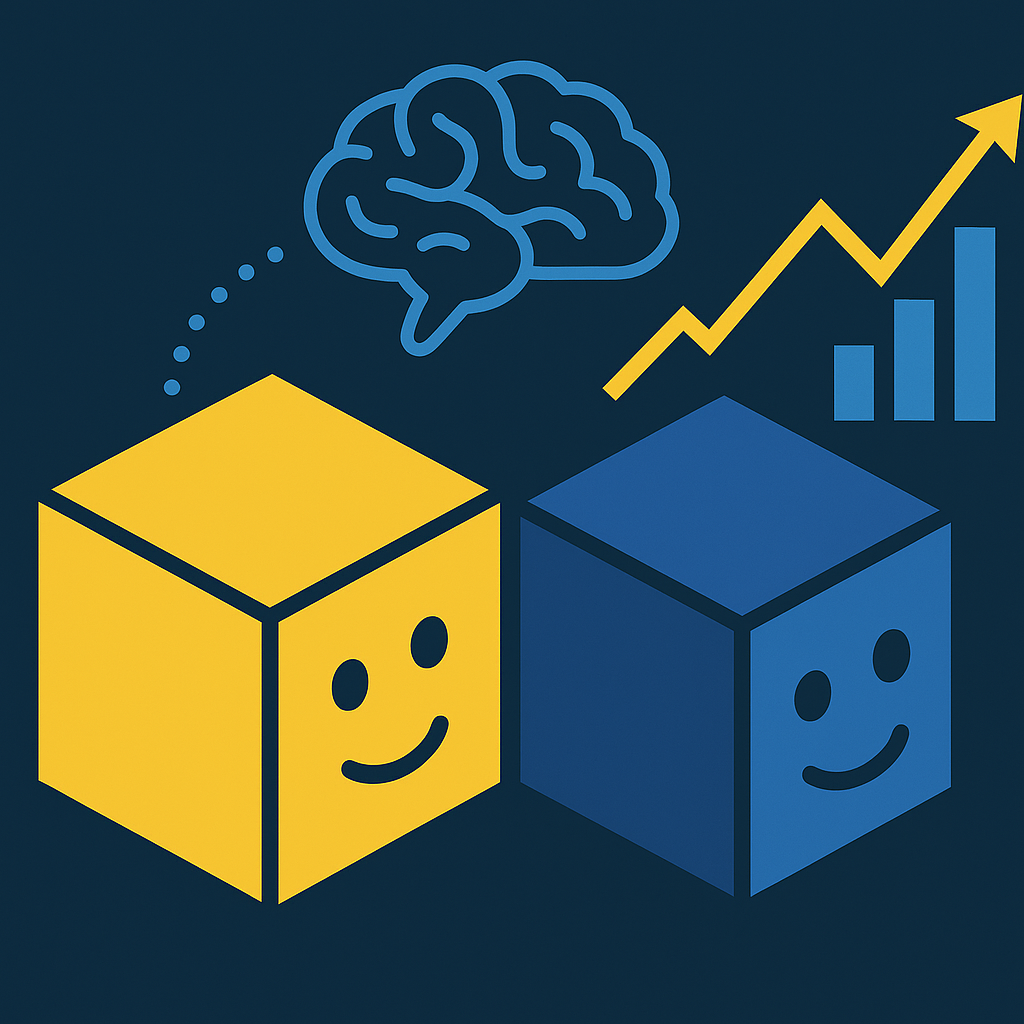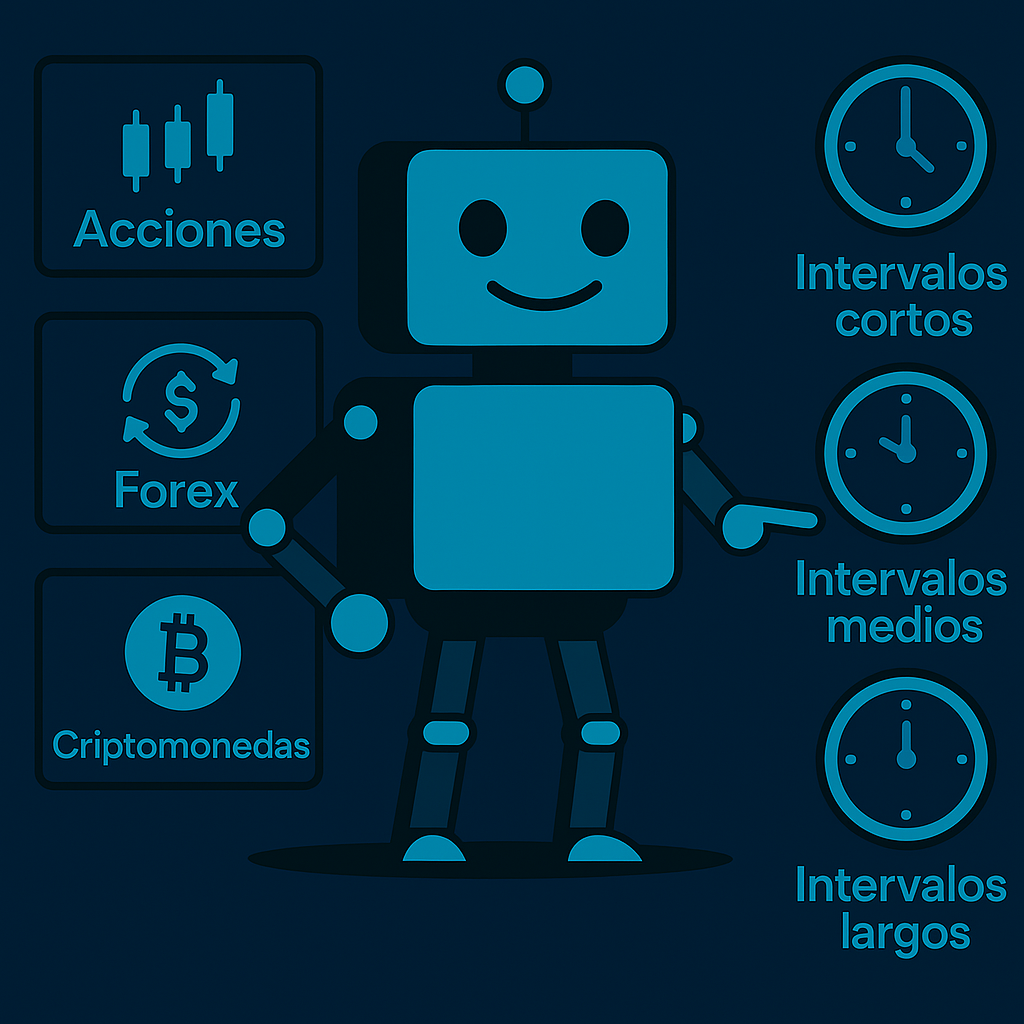
In trading, emotions are often one of the biggest obstacles to making good decisions. It’s very common to close a trade early simply out of fear of losing or wanting to lock in profits quickly. But this can harm your long-term results. That’s where trading robots make the difference: they follow the plan without being driven by fear or greed.
Why do emotions affect trading so much?
Many traders, especially those just starting out, struggle to control their feelings while trading. This is particularly noticeable in two situations:
- Fear of losing what you’ve gained: When a trade is going well, it’s easy to be tempted to close it early, for fear that the market will turn around.
- Fear of a reversal: If the price starts to go down, many prefer to close quickly to avoid a bigger loss, even if there is still a chance of a rebound.
While these decisions may seem logical, over time they can limit your profits or cause you to exit trades too early.
How robots help avoid these mistakes
One of the great advantages of trading robots is that they don’t feel anything. They follow clear rules and act completely objectively.
- They follow the plan without deviating: A robot won’t panic if the market suddenly rises or falls. It executes trades as programmed, closing only when the take profit or stop loss is reached.
- They control risk automatically: Many robots adjust stop losses dynamically, adapting to market developments. This way, they protect profits without the need for intervention.
- Avoid overtrading: By following well-defined technical conditions, robots avoid the temptation to make more trades than necessary.
The mental part also matters
For a robot to work well, you also have to trust the strategy and let it act without interfering.
- Trust the process: You have to be patient and not panic if a trade doesn’t go as expected. The robot has its rules, and if they’re well thought out, it’s best to let it work.
- Overcome the fear of losing: Robots are designed to cut losses when necessary. You don’t have to intervene if the market moves against you.
- Avoid greed: Sometimes it’s hard to close a profitable trade by waiting a little longer. The robot does it for you, at the right time.
A clear strategy is everything
Although robots can help you a lot, you need a good strategy behind them.
- Define the plan well: Before putting the robot to work, make sure it has clear rules, i.e. when to enter, when to leave, how much to risk, etc.
- Test it first: Run it on past data (backtest) to see how it behaves in different situations. This way, you can adjust anything you need before using it in real life.
The following article might be of interest to you:


